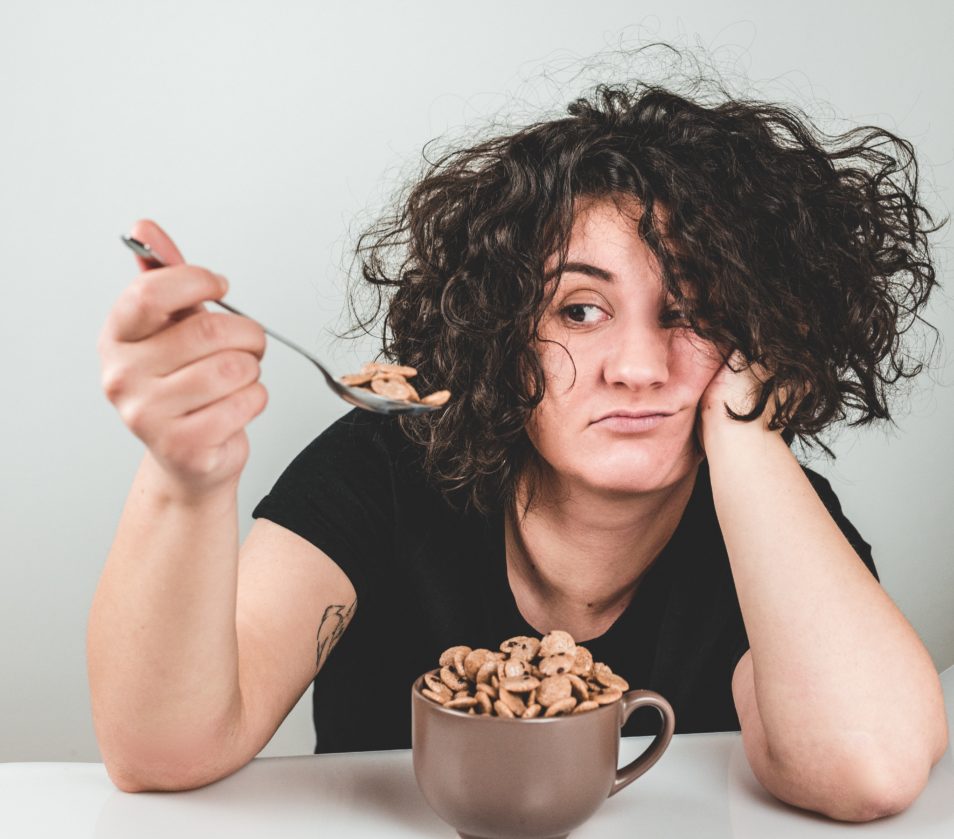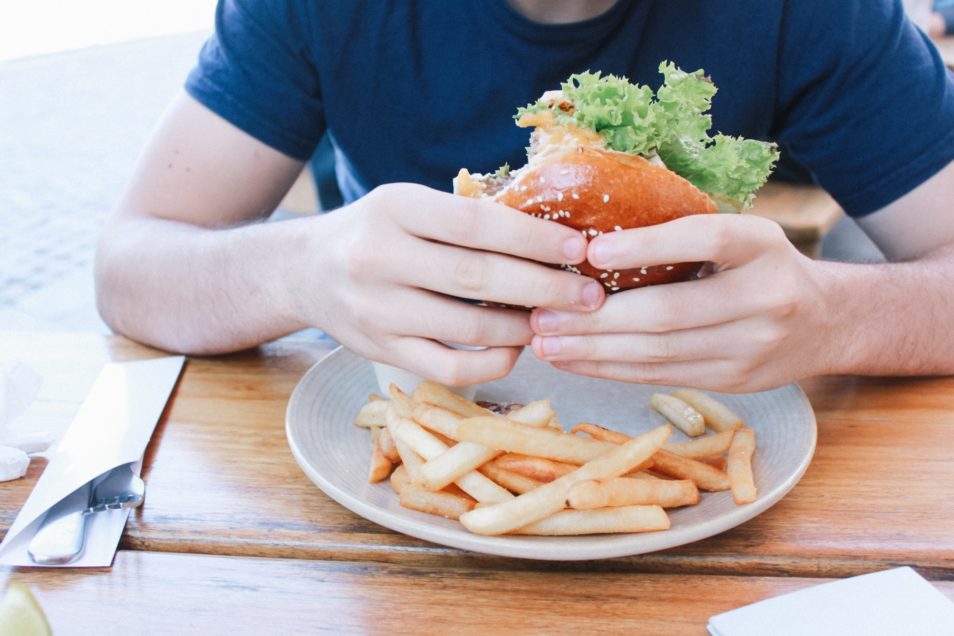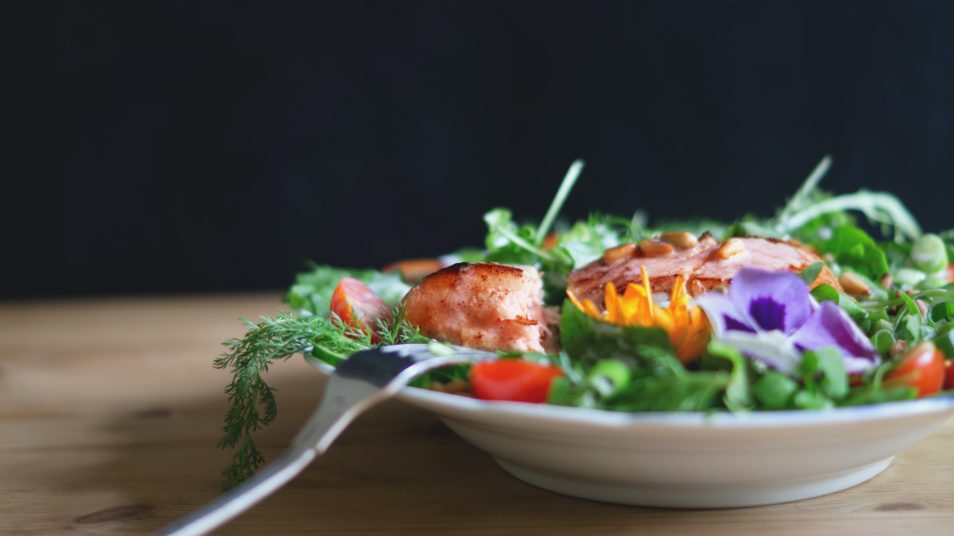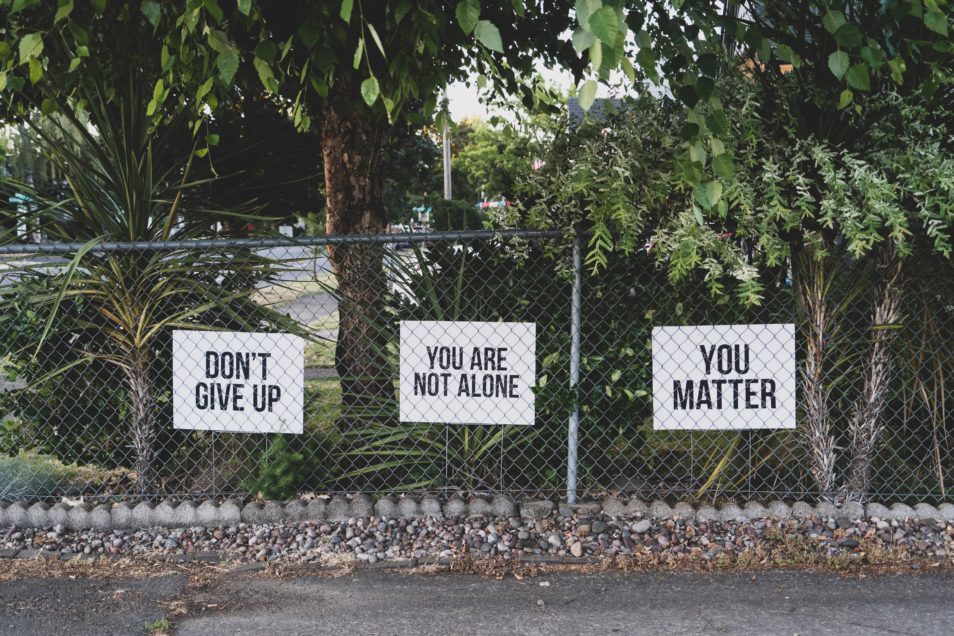
Iso feels…
Define normal
How many times during isolation have you found yourself reaching for unhealthy, indulgent foods? Or mindlessly standing at the fridge or pantry, even when you’re not hungry? Yep, guilty!
Our dietary behaviours are not only influenced by personal preference, but also social and environmental factors. When you think about it, home is where we feel comfy to eat whatever we want. And during isolation, bad eating habits are starting to creep in. So, what can we do about it?
We called up our friendly nutritional scientist and practising dietitian Dr Pennie Taylor for some tips. A ‘how to’ on healthy eating habits in isolation. Tips to sustain you to infinity…and beyond!
Let’s do this!
When working with clients Pennie starts with deconstructing eating habits. Ask yourself, since “self-isolation…”
- When do I eat? Pennie suggests writing down the time you have something to eat or drink (other than a tea, coffee or water). Do this for a couple of days. This task identifies if you have a regular eating pattern. Usual habits are three to four hours between meals, or every one to two hours if you like to graze.
- Why am I eating? This is important. If you’re eating because you’re bored or procrastinating with mid-meal snacking, you could swap it for a non-food related activity. However, if you’re feeling hungry, ask yourself when you last ate. If it was an hour ago, it’s likely not to be real hunger. And having a glass of water or swapping with a non-food activity could be beneficial.

You might be tempted to order in for every meal but make sure you do so in moderation. Image: Prudence Earl
Non-food activities could include:
- standing and stretching — break up the sitting
- taking a brief walk on your street, back yard or around your house
- picking up a puzzle book or trying Sudoku
- pulling out a few weeds in your garden or picking some flowers
- marching on the spot or up and down your stairs
- calling a colleague, friend or family member
- trying an at-home workout by Accredited Exercise Physiologists.
Another good tip is to plan a snack around 3 or 4pm. Healthy options include:
- 40g of dip with carrot, celery, cucumber or capsicum sticks
- a piece of fresh fruit
- 20-40g unsalted nuts, eat one at a time and savour the flavour!
- a small tub of plain yoghurt, add fresh/frozen berries and chia seeds
- celery sticks with 20-30g peanut butter
- strawberries dipped in dark chocolate — max four per serve.

Healthy fish and salad
Next steps for healthy isolation eating
Pennie said the answers to the two questions above may identify how to improve eating frequency of healthier options. However, here are some key principles to establish a healthy balanced life with food during the pandemic.
- Plan your meals around specific times to control unwanted hunger
- Plan to eat in a 12-hour window, for example:
7am – breakfast
Midday – lunch
3 or 4pm – snack
7pm – dinner - Stop eating after your evening meal. Instead, do non-food activities. Studies have shown not eating two hours before bedtime can improve heart health
- Keep unhealthy snacks out of sight. If you see them, you will want them. Plan your treats, small portions, once or twice a week
- When working from home, eat away from your desk. Take this time to eat at the table, outside or FaceTime a friend
- If you feel hungry between meals, check your veggie portions. Australians are not getting their daily five serves of vegetables on the plate. In fact, only seven per cent of Australians are reaching this target. Vegetables are a rich source of fibre, vitamins, minerals and antioxidants. All good for building a healthy immune system
- Set your coffee boundaries. It’s easy to reach for another coffee when you’re at home. But having too much in the day can increase restlessness, anxiety and sleeplessness
- And finally, slow down. Eating slowly helps your taste receptors taste the food. This allows you to register your satisfaction sooner which controls hunger. Aim to eat meals over 20-30 mins and snacks in 15 minutes.

We got your back
Remember to seek support
If you need more support to define a healthy eating routine or overcome obstacles, seeking the support of an Accredited Practicing Dietitian (APD) could be beneficial to make it more personalised.
Tara Diversi, APD and President of the Dietitians Association of Australia suggests support via telehealth. It’s a consultation via video conference or telephone. This allows you to receive clinical nutritional care from the comfort of your home. It provides piece of mind around concerns of exposure to infection and you get the support you need.

